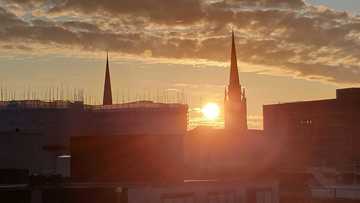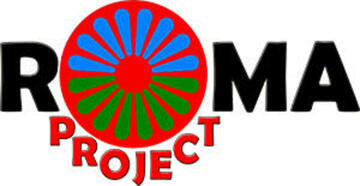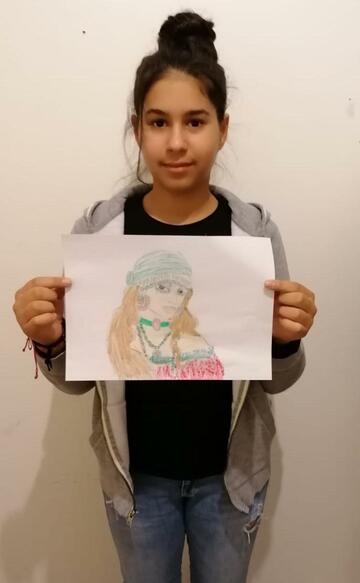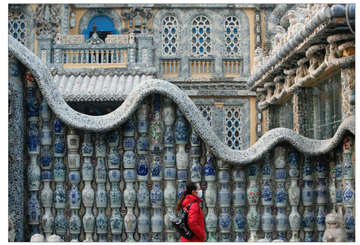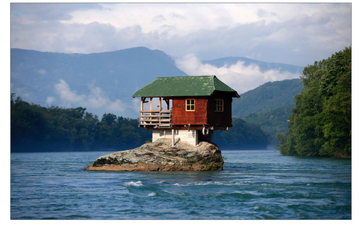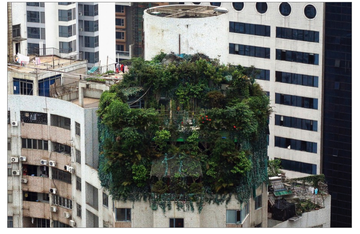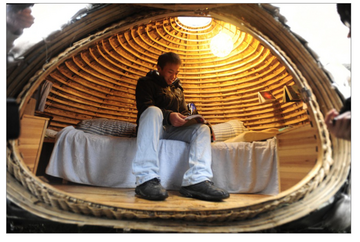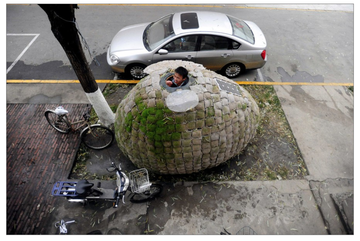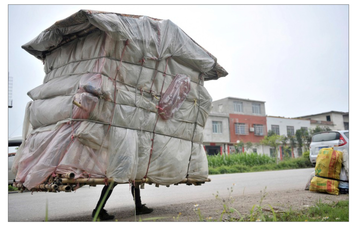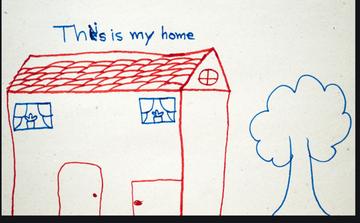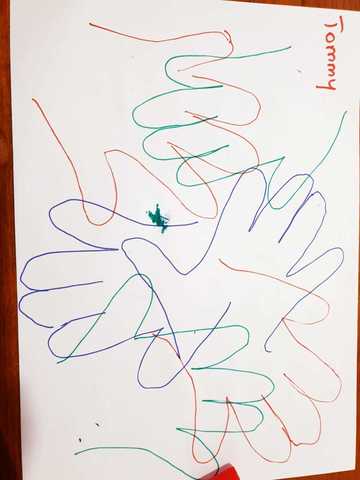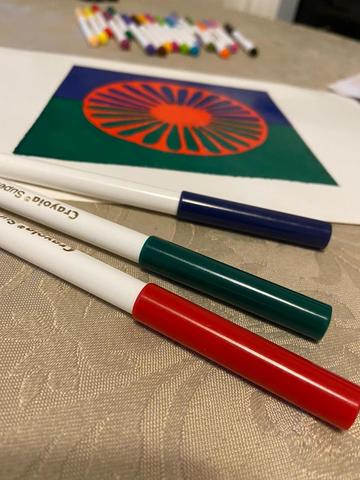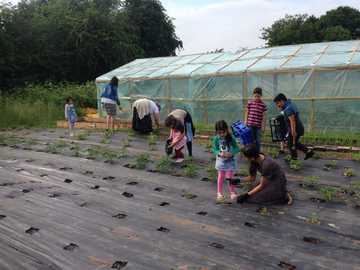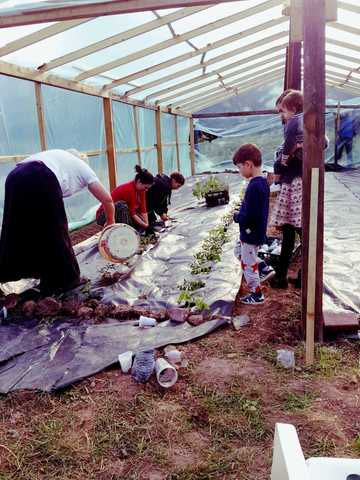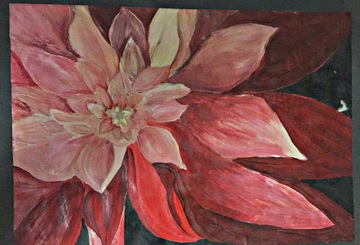What is home?
My name is Kate Lawrence and I have spent most of my life looking for home. I grew up all over the world as my father worked for the British Council so our ‘home’ changed every 5 years. This made me feel rootless and also made me yearn for a stable unchanging home of my own. I have now found a home that I have been in for 10 years in North Wales. When Rosa invited me to take part in this project she suggested that I talk to the Roma community about their experience of living in Coventry. I immediately thought of one word: HOME. Talking to young Roma people about home, and what makes a home made me want to explore this idea further.
As children we might have been asked to draw our home and these pictures tell stories about how children feel about their homes. A home should surely feel safe, a place where we are protected. I was struck by how important family is to creating a sense of home for the Roma young people. This was tied to events where the extended family met to celebrate, perhaps for barbeques or to mark occasions. Alongside this, I noticed how important the sense of play and adventure was as the young people described Abbey Park in detail: a castle, trees, a lake and a network of secret passageways. This made me think about how our sense of home is linked to our sense of the world as a place to explore; both exist in a balance. Are we more confident in the outside world if we have a safe place to return to?
